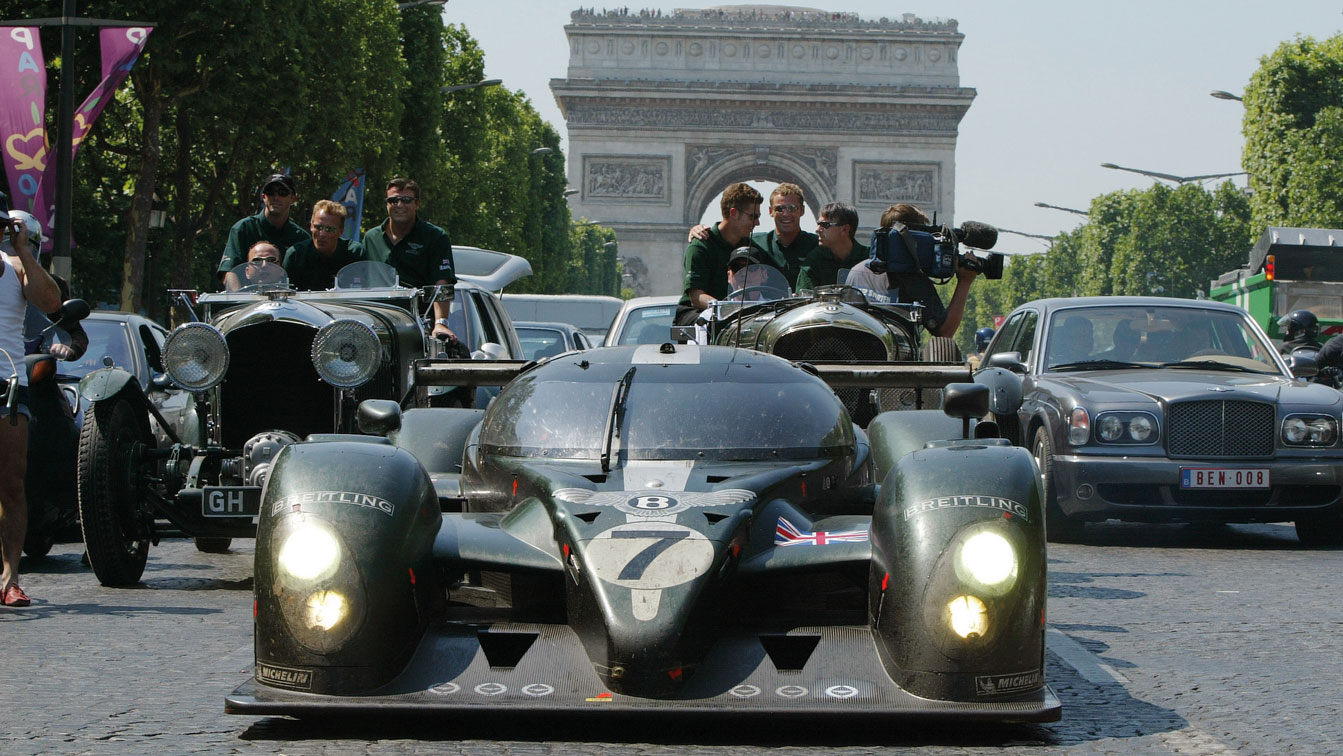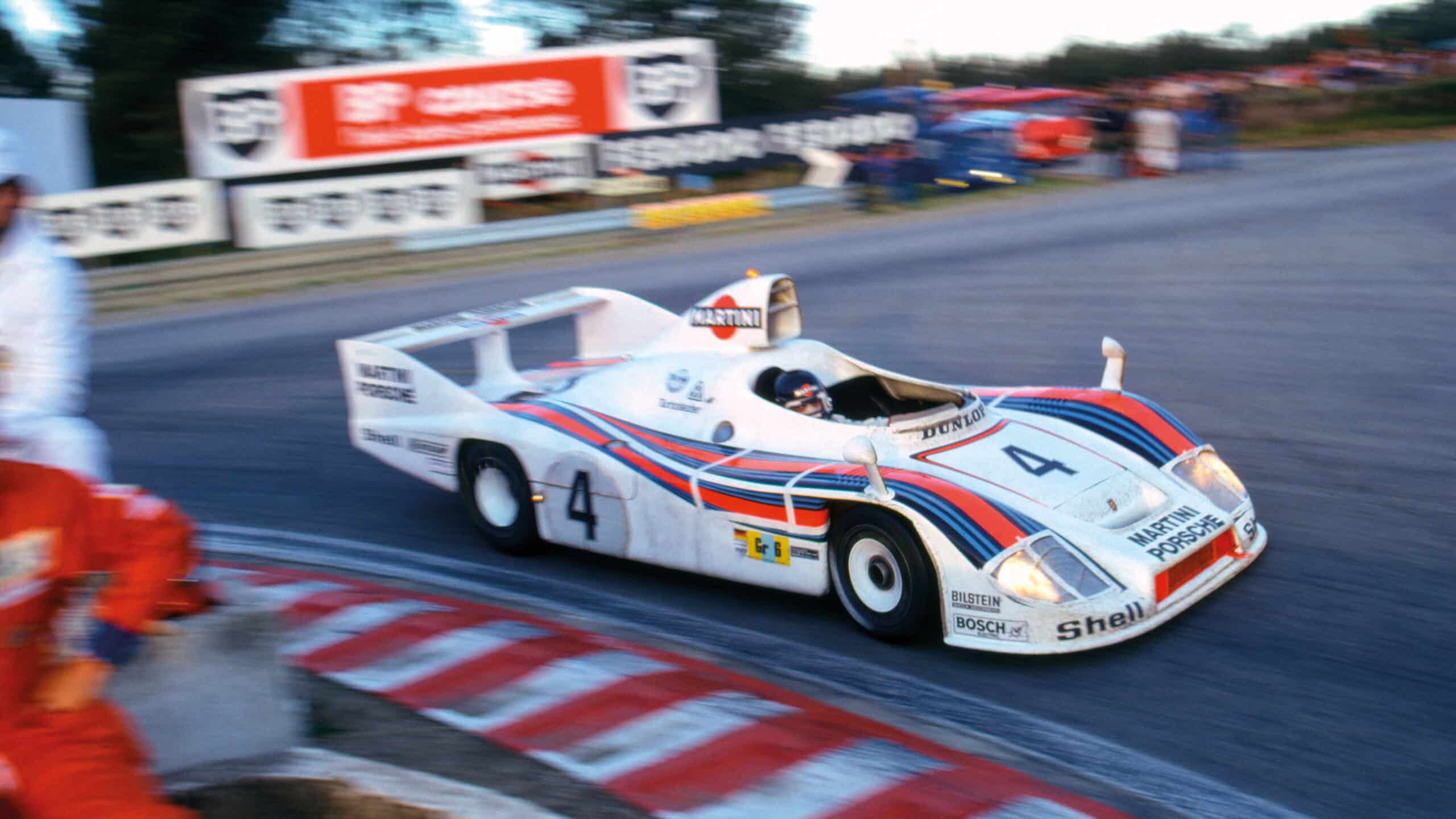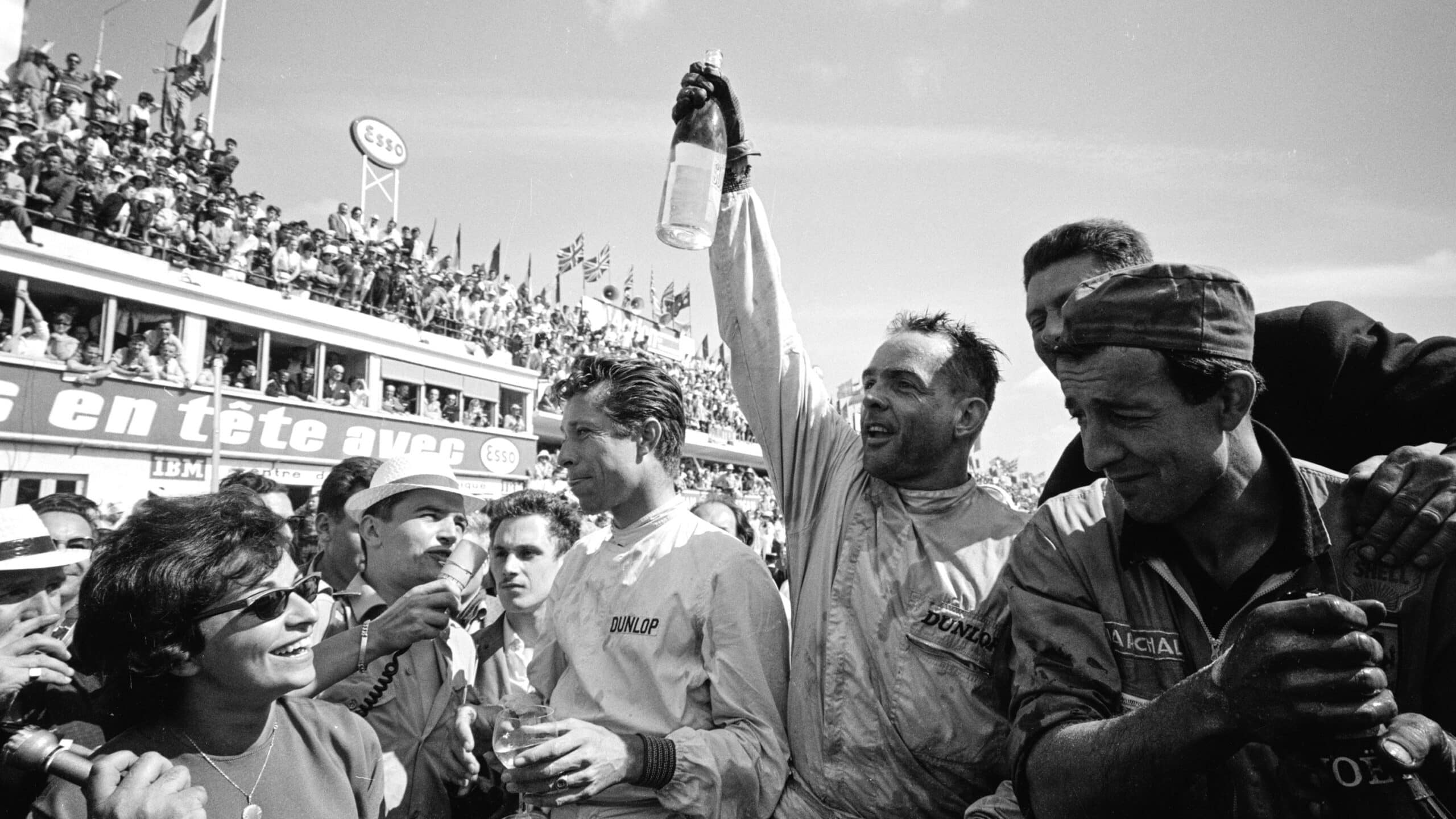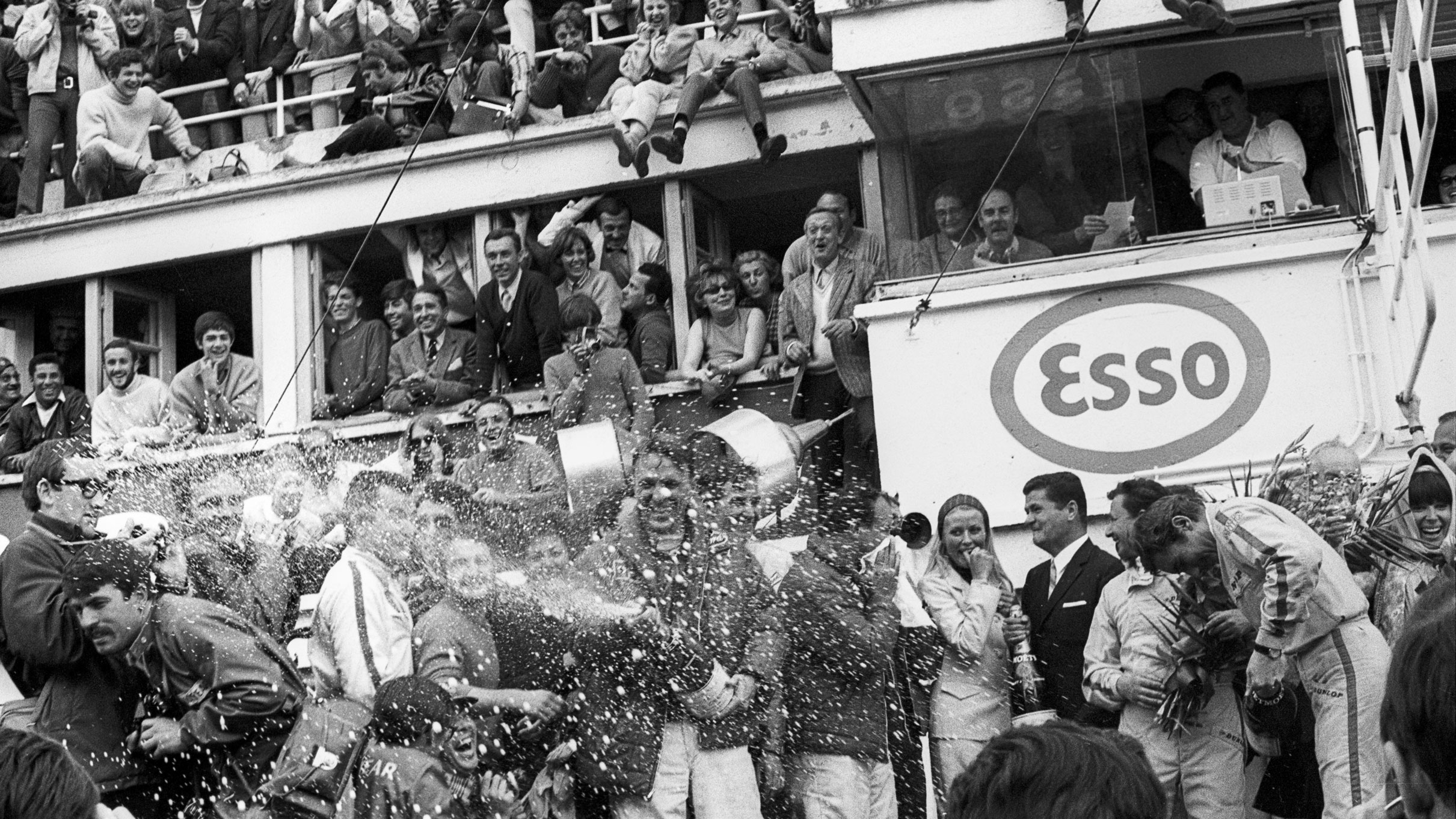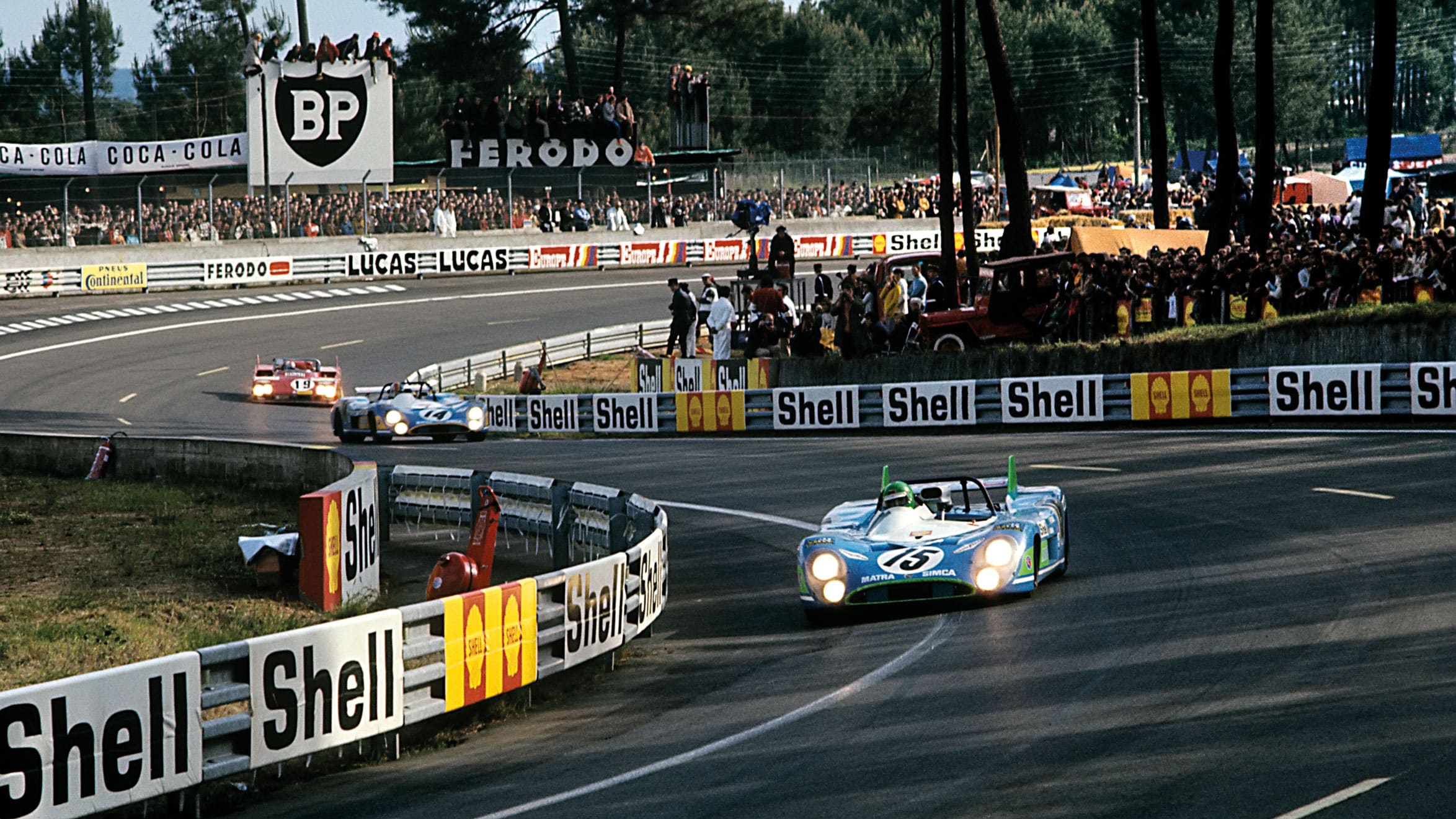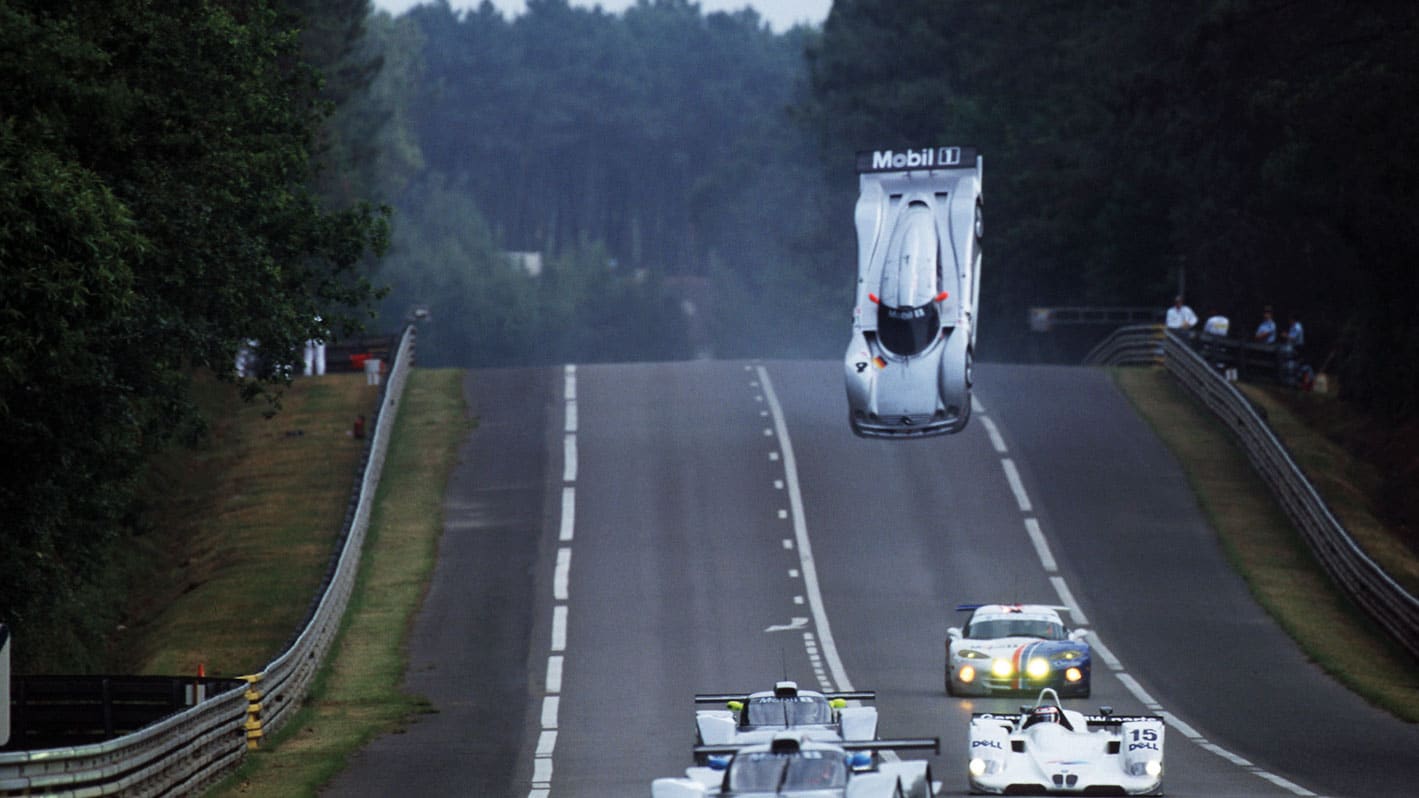Top Le Mans moments 20-11: from deflating tyre drama to tragic 1955 race
Charting the highs and lows of 100 years at Le Mans, and nothing is lower than the darkest hour of the 1955 race, included in these ten moments

Getty Images
20 – 2011 Lotterer holds breath as tyre deflates
It was a sensational climax. Audi prevailed over Peugeot by a scant 13.854sec in a fitting end to a battle that raged right through the 24 Hours. But just how dramatic it had been for the Joest Audi team and André Lotterer, the driver out on track in the victorious R18 TDI, didn’t become clear until after the race.
Audi had the quicker car in the battle of the turbodiesels and could stretch a set of Michelins out to a quadruple stint. Peugeot, though, had the better consumption figures: it could go a lap longer between pitstops. Lotterer, who shared his Audi with Benoît Tréluyer and Marcel Fässler, would need to pit twice in the final hour to just one stop for the chasing Simon Pagenaud in the Peugeot 908 co-driven by Sébastien Bourdais and Pedro Lamy.
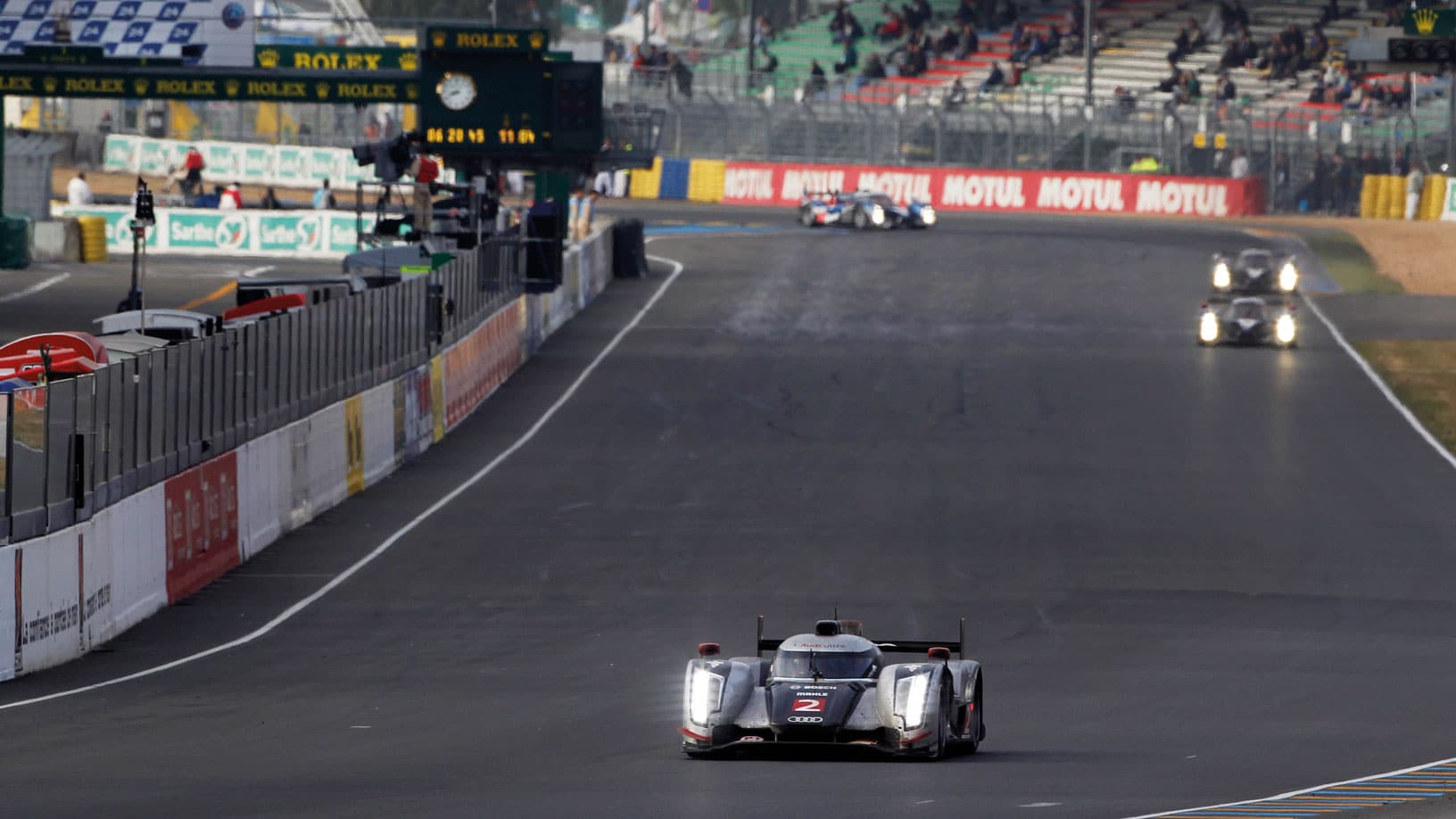
Under pressure: Lotterer kept his Audi on the road despite a deflating rear tyre in the closing stages
DPPI
But the victorious Audi might have needed an extra stop. The team detected a slowly deflating left-rear tyre following his penultimate pit call. Miraculously, the pressure stabilised and Lotterer was able to bring the car into the window to complete the race on just one more stop.
He pushed on to secure the win in what is the closest timed finish in Le Mans history.
19 – 2003 Bentley parades on the Champs-Élysées
It had been prearranged before the race – to Tom Kristensen’s disgust. Just as well Bentley’s Speed 8 came through. The next day the winning crew – Kristensen, Dindo Capello and Guy Smith – joined a celebration parade up the Champs-Élysées behind their winning car, now driven by Derek Bell. “Just starting the Speed 8, the inlet temperature goes up like a bazooka,” says Kristensen. “Driving into traffic in the heat of summer Derek had a big problem. But the engine is still in one piece – and it has never been started again.”
18 – 1977 Ickx’s greatest drive
Jacky Ickx’s marathon stint through the night in 1977 helped raise Porsche from the dead and snatch a hugely unlikely victory for the 936. When his own car dropped out with a blown engine, Ickx was transferred into the sister car alongside Hurley Haywood and Jürgen Barth, which had endured its own fuel pump troubles. Ickx smashed lap records as he clawed back the gap to the Alpine-Renaults. The pace took its toll: the Alpines failed, leaving the Porsche in the lead, only for it to drop a cylinder in the final hour. Barth nursed the car home as Ickx retreated to his motorhome “with my fingers in my ears”.
17 – 1991 Heroic Herbert misses the podium
The leading Mercedes broke with two hours to run and the chasing Jaguars had fuel consumption worries. So Mazda’s unfancied, shrill, Wankel-engined 787B scored an unlikely win, the first for a Japanese make. But an exhausted Johnny Herbert didn’t get to join Bertrand Gachot and Volker Weidler on the podium after collapsing over the back of the car. “I remember turning the engine off, opening the door and jumping out – then realising my body was still in the car!” he chuckles. “As I walked to my father, I saw stars and collapsed. I woke up in the medical centre. I learnt two things: one was to sleep during the race, and also to find something to fill my stomach. No more Pot Noodles!”
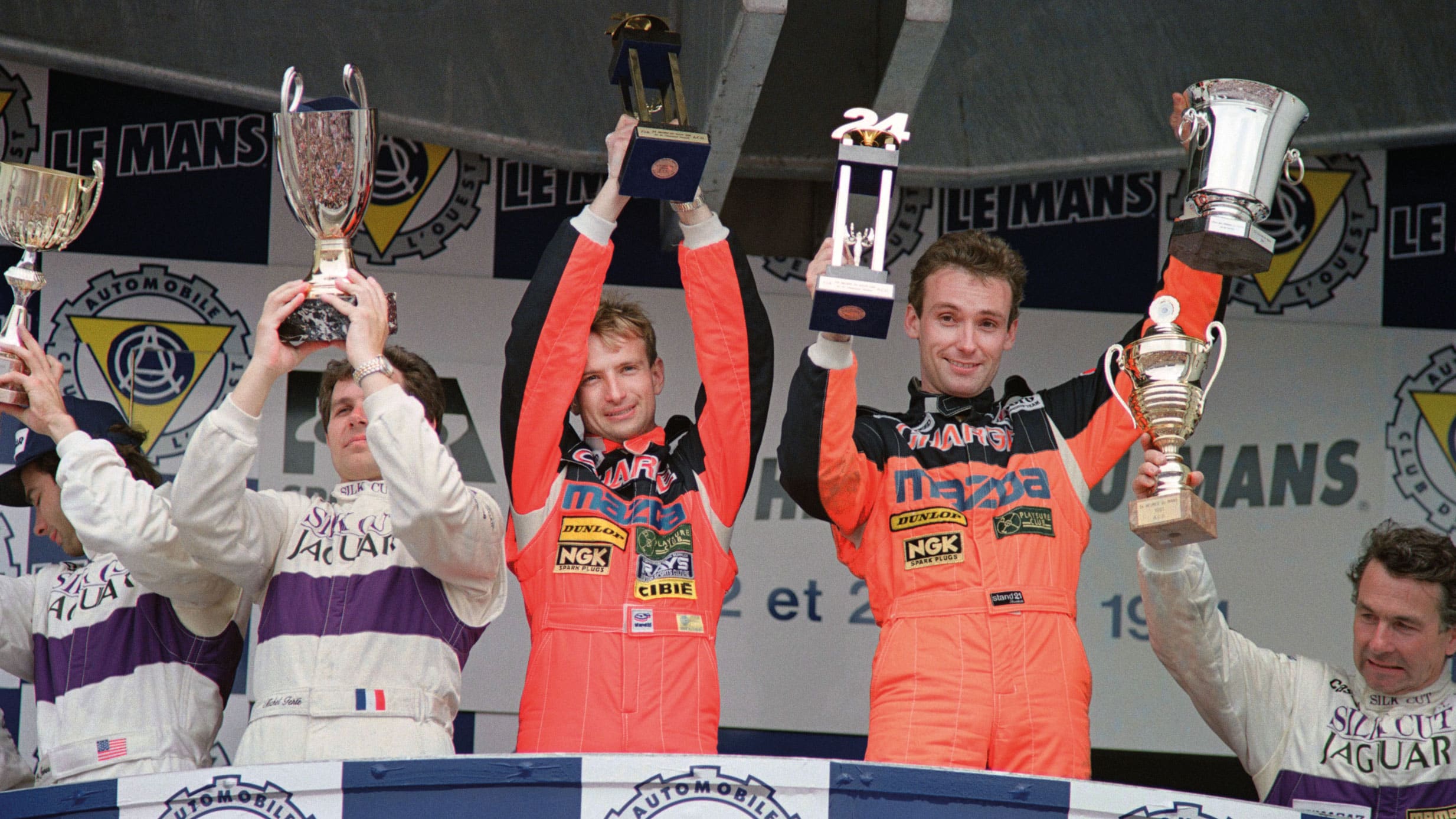
A moment of history on the podium, but Herbert missed it after passing out following the finish
Getty Images
16 – 1962 Olivier Gendebien becomes quadruple winner
Just as some people are better off in grands prix rather than sports car racing – Juan Manuel Fangio for example – so too is it true that other drivers, while more than deserving of their place at the top table of single-seater racing, find their natural métier in sports car racing instead. Belgian star Olivier Gendebien was just such a driver.
His F1 career lasted five seasons, but he only started 14 races in all that time split between Ferrari, Lancia, Cooper, Emeryson and Lotus machinery, and only scored two podium finishes from them – both for Cooper in 1960, including a career-high second place in the French GP at Reims. But the canny Enzo Ferrari recognised that what he poetically described as the “elegant forcefulness” of this gentleman driver would be perfectly suited for longer-distance racing. Mechanically sympathetic, always prepared to be a team player and unafraid of the perils posed by a wet night-time stint in France, Gendebien’s finishing record at Le Mans speaks for itself: he only competed there eight times, yet he not only won half of them but he only retired from two and came fifth and third on the remaining two occasions.
He justly became the first quadruple winner of the Le Mans 24 Hours, with all four wins coming with Ferrari machinery between 1958-1962, sandwiching one retirement in 1959 due to an overheating engine. While five other drivers have since gone on to win more times at Le Mans, (Emanuele Pirro, Frank Biela, Derek Bell, Jacky Ickx and Tom Kristensen) none has bettered his 50% win-to-start ratio.
Gendebien retired from racing after that final victory in 1962 having completed a hat-trick of wins. Still at the height of his powers, he stopped principally to stay alive in a deadly era.
15 – 1970 Brief return of the standing start
Steve McQueen captured it with added beating heart in Le Mans, but Derek Bell lived it when the traditional running start was abolished. “I sat in the car with my belts on,” says Bell. “You could see the clock and we were watching for the flag. You had it in first gear with a stone behind the wheel, they dropped the flag, you turned the key, VRRRROOOM – and off you’d go, taking off with the wheels spinning almost before the engine was running.” How no one crashed was a miracle. The next year, the rolling start we still have today was ushered in.
14 – 1967 Gurney sprays the Moët
A simple act of spontaneous joy, which has endured to the point where it’s become a universal tradition. Dan Gurney didn’t think about what he was doing. He’d just won Le Mans in Shelby’s MkII alongside AJ Foyt, spied Henry Ford II on the podium and let fly. “We didn’t call him Henry II, we called him ‘Hank the Deuce’,” Gurney recalled. “He was an imposing figure. He was there with a new bride, on their honeymoon I think, so I started spraying him. I’m not sure if he liked it or not, but he was a good sport and AJ and I had a wonderful time.”
13 – 1972 Hill surprises Pescarolo
Henri Pescarolo had to be talked back to Matra, then was unimpressed to find himself paired with Graham Hill. The five-time Monaco GP winner, double F1 champion and Indy 500 winner was, um, over the Hill, wasn’t he? “I was quite wrong about Graham,” Pescarolo admits. “He was fantastic. We won the race because in the night and in the rain he was so fast. He really wanted to win.” The triple crown isn’t an official thing, but it counts. Just ask Fernando Alonso and Jacques Villeneuve.
12 – 1999 Mercedes flips out
Not once, not twice, but three times. Mark Webber walked away from both of his flips in the Mercedes CLR, one unseen in practice and one under the glare of TV cameras in the warm-up (pictured). The team chose to race – and now this. Peter Dumbreck’s car flew like a leaf in the wind, over the barrier, into the woods – and landed right way up in an area recently cleared of trees. “I saw the sky and thought, ‘I know what’s happening now,’” he recalls. “I have no memory until I was lying on a stretcher going into the ambulance.” He was unhurt – amazingly.
11 – 1955 The darkest hour
Any opus must have shade as well as light. We’ve chosen to focus on moments of uplifting sporting drama and great escapes. But the casualties of Le Mans should never be forgotten.
Just before 6.30pm, Mike Hawthorn’s Jaguar D-type was in a battle with Juan Manuel Fangio’s Mercedes 300 SLR. Hawthorn braked heavily to pit forcing Lance Macklin’s Austin-Healey to swerve into the path of the Mercedes driven by Pierre Levegh. The 300 SLR was launched into a spectator enclosure, resulting in catastrophic loss of life: more than 80 spectators and the driver, plus scores of injured. Mercedes chose to withdraw (eventually from the sport), Jaguar didn’t – and Hawthorn and Ivor Bueb recorded the most hollow of victories.
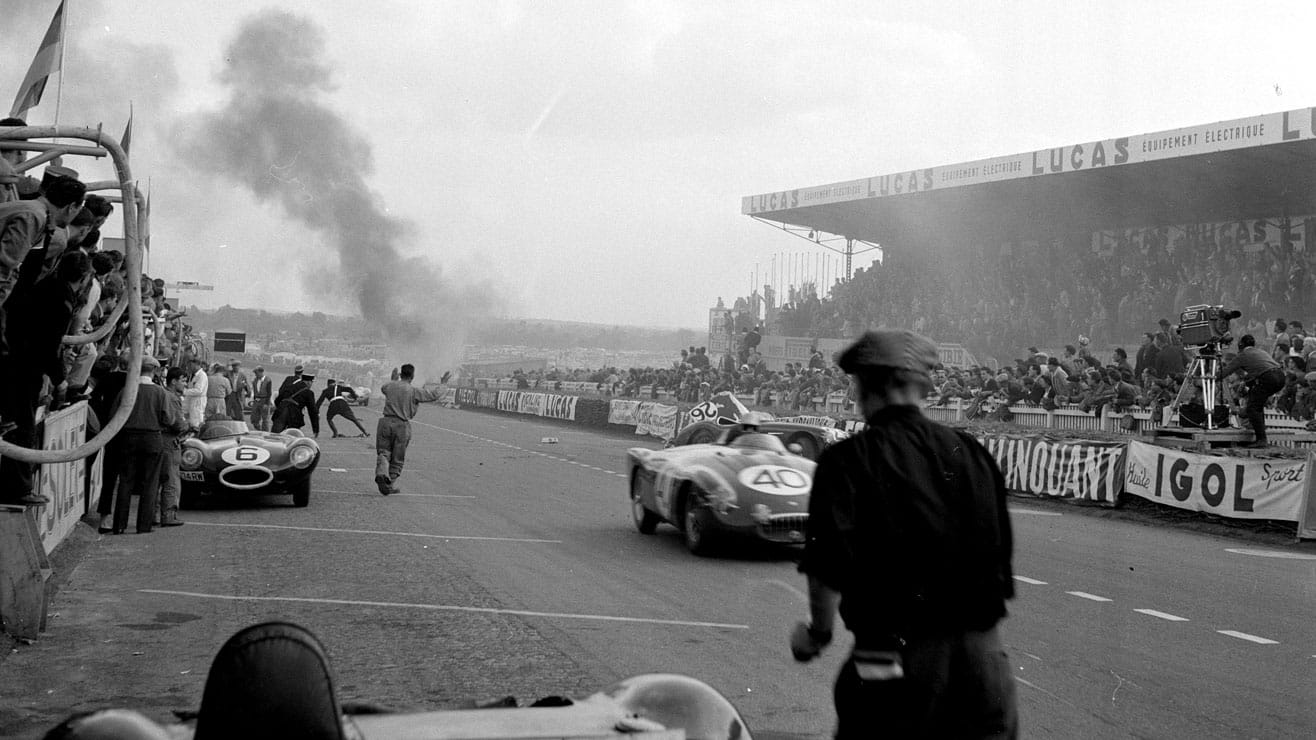
Pierre Levegh’s Mercedes flew into the crowd, leading to a scene of utter carnage
Getty Images
“What I have always said is that Mike Hawthorn caused the accident, but he did not cause the tragedy,” said Levegh’s team-mate John Fitch. “The tragedy was caused by the outdated nature of the track – a start/finish straight which was actually a curve, and ridiculously narrow, so that if anything bad happened in front of the pits it was bound to project bits into the crowd.”
The very future of motor sport was under question for a while. Yet most racing folk carried on regardless. We cannot – and should not – judge.
